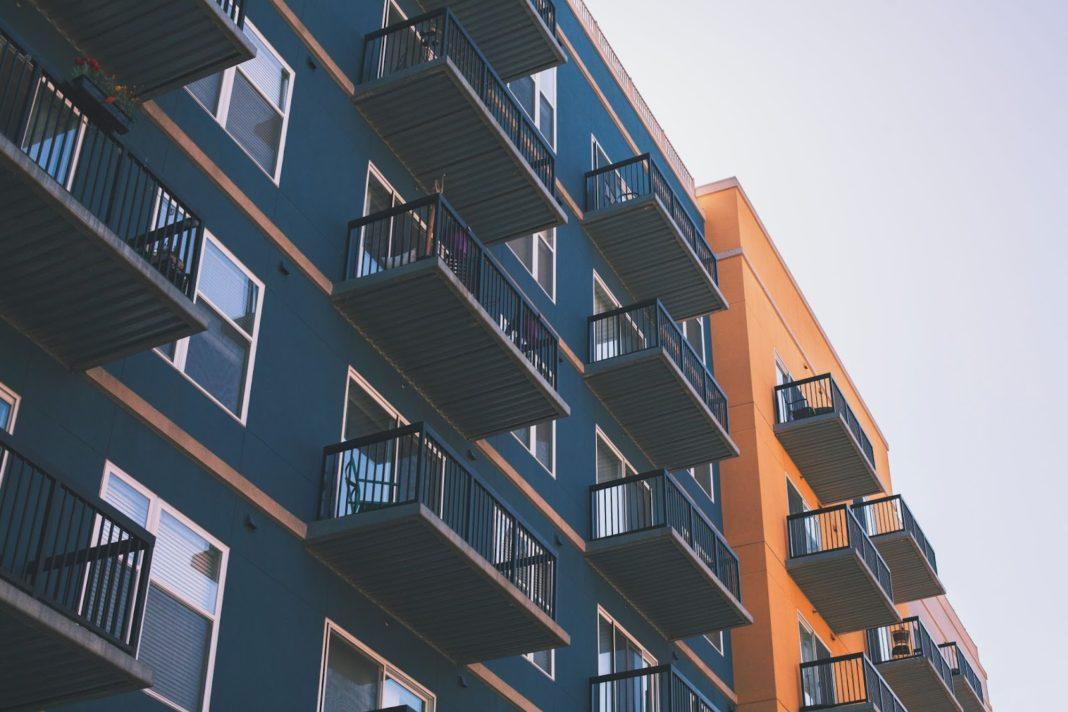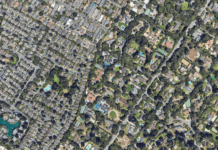The residential rental vacancy rate in the United States dropped in the third quarter, signaling a tightening rate as high home prices and low supply of rentals keep the demand for rentals high. The rental vacancy rate fell to 5.8% in the third quarter, which is the lowest rate recorded since the second quarter of 2020. The rate fell from 6.2% earlier in 2021. A year ago, the rate was recorded at 6.4%. Rents tend to be connected to inflation, so this latest data from the Census Bureau could signal that high inflation may last for a bit.
Because rent has a direct tie to inflation, the rental vacancy rate will be closely watched by analysts to see whether this will indicate whether high inflation sticks around or not.
There are many reasons why rental vacancy rates have fallen again in the third quarter. The price of residential homes has surged during the COVID-19 pandemic, especially as the number of homes available to buy lowered. New homes have not been built at the normal rate as a result of raw material (such as lumber) shortages. Therefore, houses have surged in price, which has shut out many first-time buyers.
When the pandemic first started in 2020, many people moved from cities to suburbs and bought larger homes, as a result of the shift in society from working in the office to working remotely at home. However, housing shortages hit consumers in 2021, and now many people are not able to buy homes and must instead rent.
As a result of the high price of housing, rental vacancies have also lowered, as seen in this data from the third quarter. The price of rent has also increased because of these situations. September saw the highest increase in rent recorded since 2001. According to this latest data, rent prices in the third quarter hit a $1,203 average. Across the nation, rental vacancy rates varied. Rates were lowest in the Northeast and West, while high in the Midwest and South.
Meanwhile, the rate of homeownership didn’t really change in the third quarter. According to the latest data, homeownership was at 65.4%. Meanwhile, the average asking sales price for vacant homes (not new homes not yet built) was at $285,500, a new record.
If rental vacancies continue to drop and the rental market continues to tighten, then the price of rent may continue to rise. If high inflation does indeed stick around for longer, then this will also likely cause the price of rent to increase.
Of course, the average price of rentals could always lower in the coming months, especially if some of the current problems are worked out. For example, if the price to own a home lowers, then the rental vacancy may increase — and the price of rentals may then possibly decrease some, on average. However, there are many factors into why housing has surged in price, and there doesn’t seem to be any pathway to fixing these issues any time soon.
The average price of rent does vary from state to state. Rent in cities is always going to be more than rent in smaller towns.







